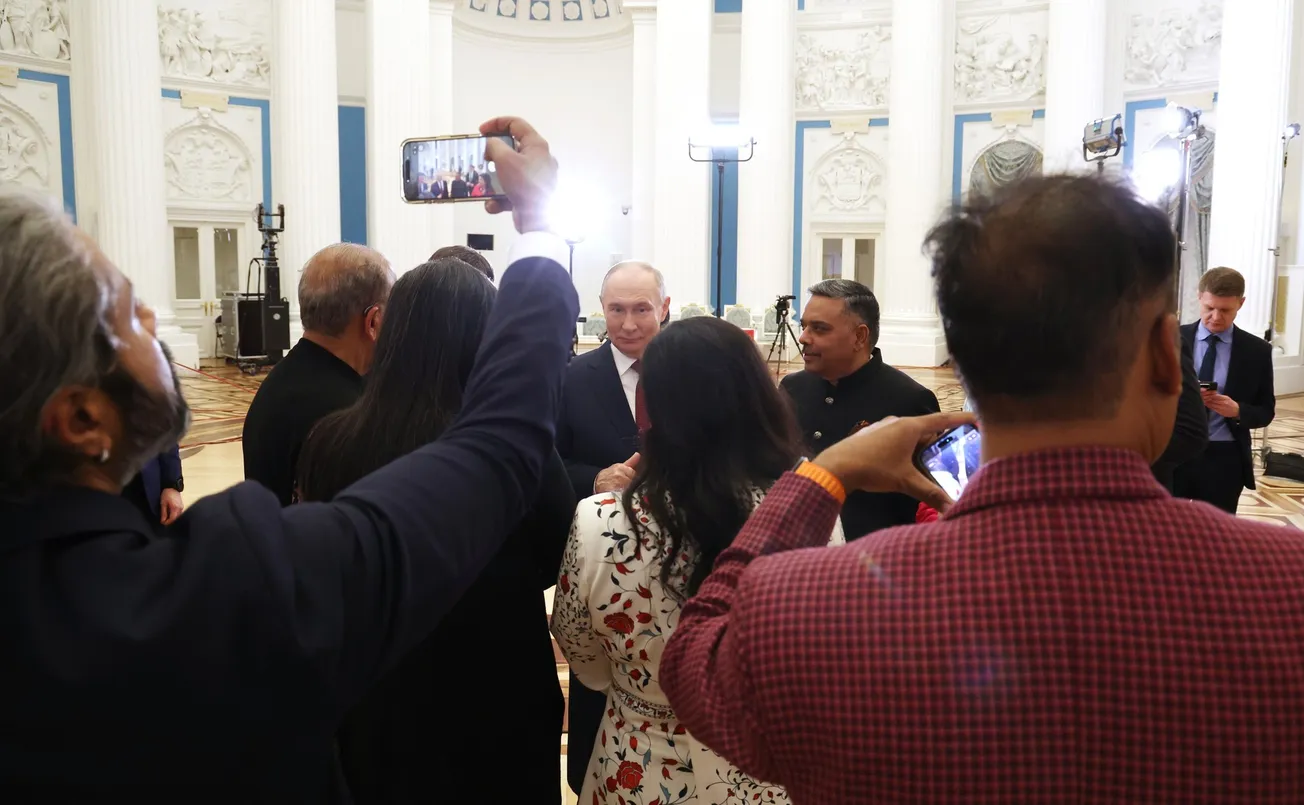Today the State Council Information Office of the People’s Republic of China issued a 74-page report titled “Poverty Alleviation: China’s Experience and Contribution,” dated April 2021. The white paper began with the statement that “Poverty is a chronic affliction of human society and a common challenge for the whole world”; and it called China’s fight to eliminate poverty “a battle of unprecedented scale.” (http://www.xinhuanet.com/english/download/2021-4-6/FullText.pdf)
In addition to describing the means to eradication of extreme poverty, the white paper also sets out support for 600 projects in other developing countries — clearly poverty alleviation aspects of the Belt and Road Initiative — and poverty reduction demonstration projects in Laos, Cambodia, Myanmar, and Tanzania, as well as others undertaken with the African Union.
This year marks the 100th anniversary of the founding of the Communist Party of China (CPC), which has united and led the Chinese people in the battle against poverty with unwavering faith and will, the report declares.
China is home to nearly one-fifth of the world’s population, and it has completed the eradication of extreme poverty – the first target of the UN 2030 Agenda for Sustainable Development, 10 years ahead of schedule, its Preface says: “Poverty is not predestined, nor is it unconquerable. China’s experience in poverty alleviation indicates that courage, vision, sense of responsibility, and the eagerness to take on challenges are the most essential.… This white paper is being issued to record the course of the Chinese people’s great fight in eliminating extreme poverty, introduce China’s approach, and share its experience and actions in poverty alleviation.”
The second generation of leadership headed by Deng Xiaoping declared that socialism means “eliminating poverty,” and in 1988 set the goal of ensuring a moderately prosperous life by the end of the 20th century. Also in 1988, Deng proposed that the coastal areas with a population of 200 million, should accelerate their opening up, and should be assisted, and when they had developed, assist the interior. A two-tiered management system adopted in rural areas stopped the stagnation in output, and made visible progress in poverty elimination in rural areas. Three western regions (Hexi and Dingxi regions in Gansu Province, and the mountainous region in southern Ningxia Hui Autonomous Region, the most impoverished), were the next focus in 1982 – a groundbreaking project in China’s poverty elimination efforts, whose success had great influence on poverty elimination efforts across the country starting in 1986. China pressed ahead with such programs, and has continued to do so. In 1999, a national conference rolled out the Priority Poverty Alleviation Program with definite goals. By the end of 2000, the rural areas’ impoverished population had been reduced to 32.09 million, and incidence of poverty to 3.5%.
In 1997, the CPC drew up a plan to double the 2000 GNP and establish a relatively complete socialist market economy and develop China into a modern socialist country.
China then marched into a new era after the CPC National Congress in 2012. China had solved many problems to achieve a moderately prosperous economy, but the poorest still had to be raised out of poverty under Xi Jinping, who “takes the desire of the people for a better life” as the Party’s goal. Xi always put poverty elimination first.



